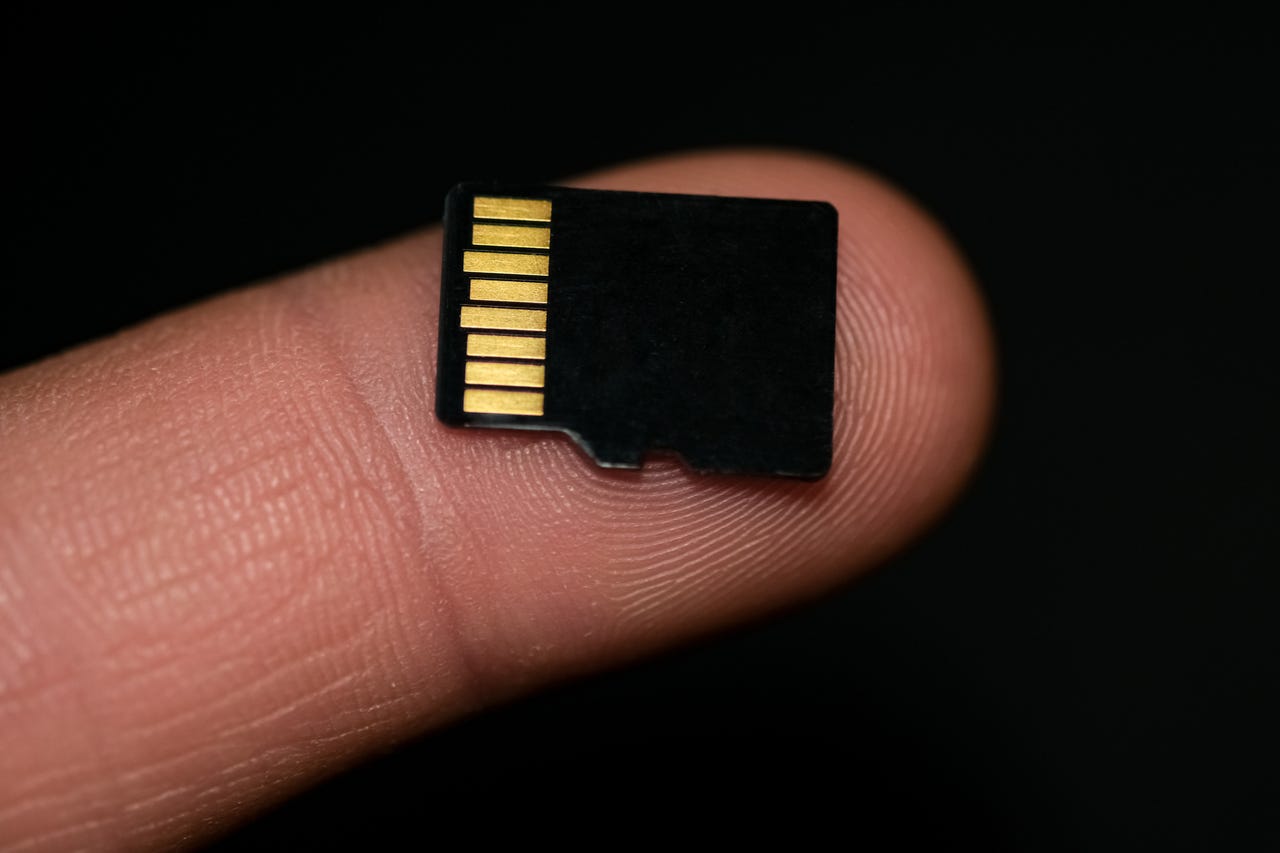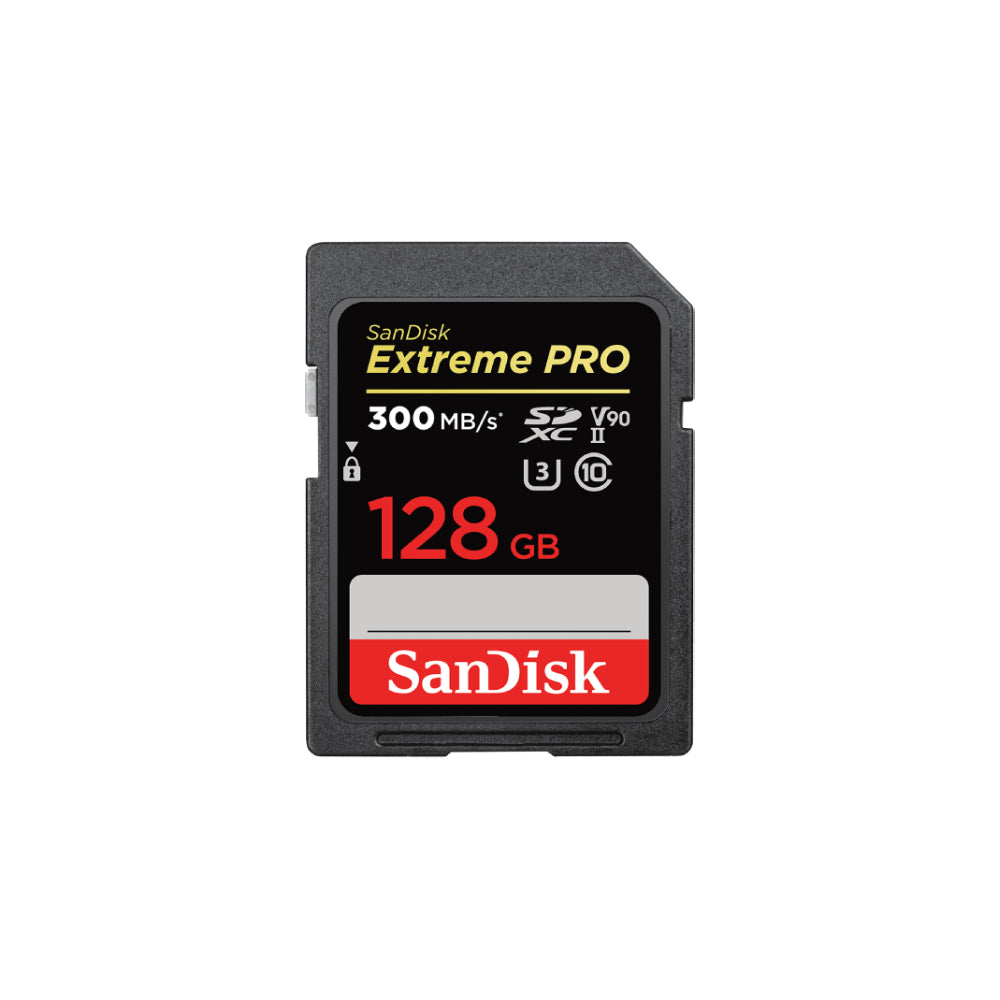
Image Source: Unsplash
## Introduction to SSDs on Mac
As a long-time Apple user, I’ve always admired the sleek design and powerful performance of Macs. One crucial part of this performance is the SSD, or Solid State Drive, which is a type of storage device used in Mac computers. Unlike traditional hard drives, SSDs don’t have moving parts, making them more reliable and quicker. However, just like any other storage device, SSDs can suffer data loss, which can be quite a nuisance if you don’t know how to recover your data.
In this comprehensive guide, I aim to demystify the process of data recovery on Mac’s SSD. Through my years of experience as a tech expert, I’ve helped countless Mac users recover their lost data, and now I want to share this knowledge with you. Whether you’re a tech newbie or a seasoned professional, this guide will provide you with valuable insights into SSD data recovery.
This article will cover everything from understanding how data is stored on an SSD, potential reasons for data loss, the process of recovering data, expert tips for successful data recovery, best practices for protecting data, and finally, recommended tools and software for SSD data recovery. So, let’s get started!
Importance of Data Recovery for Mac
Data is the lifeblood of our digital lives. From irreplaceable family photos to important work documents, losing data can be a devastating experience. Moreover, as Mac users, we often have a false sense of security, thinking that our machines are invincible. However, the truth is, Macs are just as susceptible to data loss as any other computer.
Data recovery is the process of restoring lost or inaccessible data from damaged, failed, corrupted, or inaccessible storage media. For Mac users, data recovery is crucial, as it ensures that we can retrieve our important files and documents in case of a system crash, accidental deletion, or hardware failure. Understanding how to recover data from your Mac’s SSD can save you from potential data loss nightmares.
Understanding How Data is Stored on an SSD
Before we delve into the process of data recovery, let’s take a moment to understand how data is stored on an SSD. Unlike traditional hard drives that store data on a spinning disk, SSDs store data on interconnected flash-memory chips. These chips retain the data, even when there’s no power, making SSDs non-volatile.
Each SSD consists of numerous blocks, each of which contains multiple pages. When you save a file, the data is written page by page, block by block on the SSD. When you delete a file, the data isn’t immediately erased from the SSD. Instead, the SSD marks the pages containing the file’s data as available for reuse. Until the SSD needs to use those pages for new data, the old data remains and can be recovered.
Potential Reasons for Data Loss on SSD
There are several reasons why you might lose data on your Mac’s SSD. Some of the most common include accidental deletion, where you might inadvertently delete a file or folder; formatting, where you erase all the data on the SSD to prepare it for use; and partition loss, where an entire section of the SSD becomes inaccessible.
Hardware faults and software issues can also lead to data loss. For instance, an SSD might become physically damaged due to mishandling, or a software bug might corrupt your files. Sometimes, a malware or virus attack can also cause data loss. Regardless of the cause, the good news is that in most cases, the lost data can be recovered.
The Process of Recovering Data from a Mac’s SSD
Recovering data from a Mac’s SSD involves several steps. First, you need to identify the cause of data loss. Was it accidental deletion, formatting, or a hardware issue? Once you’ve determined the cause, you can move on to the actual recovery process.
There are several methods to recover data from an SSD. You could use a backup, if you have one, or try to recover the files manually. However, the most reliable and efficient method is to use a data recovery software. These tools scan your SSD for deleted files and allow you to recover them with just a few clicks.
Expert Tips for Successful Data Recovery on SSD
Over the years, I’ve learned a few tricks that can increase the chances of successful data recovery. Firstly, stop using the SSD immediately after you realize you’ve lost data. This is because any new data written to the SSD could overwrite the deleted files, making them unrecoverable.
Secondly, avoid DIY solutions unless you’re certain what you’re doing. While there are plenty of online guides claiming to help you recover data, a wrong step could lead to permanent data loss. Lastly, invest in a reliable data recovery software. These tools are designed to retrieve lost data safely and effectively, making them your best bet for successful data recovery.
Best Practices for Protecting Data on your Mac’s SSD
While data recovery tools can be a lifesaver, it’s better to prevent data loss in the first place. Regularly backing up your data is the most effective way to safeguard against data loss. Use the Time Machine feature on your Mac to automatically back up your files to an external drive.
Ensure your Mac is protected against malware and viruses, as these can corrupt your files. Regularly update your system and apps to fix any potential security vulnerabilities. Lastly, handle your Mac with care to avoid any physical damage to the SSD.
Tools and Software for SSD Data Recovery on Mac
There are several data recovery tools available for Mac, but my personal favorite is RecoveryMaster. It’s an easy-to-use yet powerful software that can recover lost or deleted photos, videos, and over 1000 other file types from various devices like HDD, USB, SD Card, and, of course, SSDs. The software is compatible with both Windows and Mac, making it a versatile choice for any user.
RecoveryMaster is incredibly user-friendly. Simply launch the software, select the location to be scanned, and start the scan. Once the scan is done, preview the files, select what you want to recover, and click recover. It’s that simple!
Professional Data Recovery Services for Mac SSD
While data recovery software like RecoveryMaster can handle most data loss scenarios, there are times when you might need to seek professional help. This is especially true for severe hardware failures, where the SSD needs to be physically repaired to retrieve the data.
Professional data recovery services have the necessary tools and expertise to handle complex data recovery tasks. However, these services can be quite costly, so I recommend trying a software solution first.
Conclusion: Ensuring Safe and Secure SSD Data Management on Mac
Data is precious, and losing it can be a nightmare. However, with the right knowledge and tools, you can recover lost data from your Mac’s SSD and safeguard against future data loss. Remember, the key to successful data recovery is acting quickly and using reliable data recovery software like RecoveryMaster.
So next time you face data loss on your Mac’s SSD, don’t panic. Take a deep breath, remember the tips in this guide, and start the recovery process. With a bit of patience and the right tools, you’ll be able to retrieve your lost data in no time!




Leave a Reply